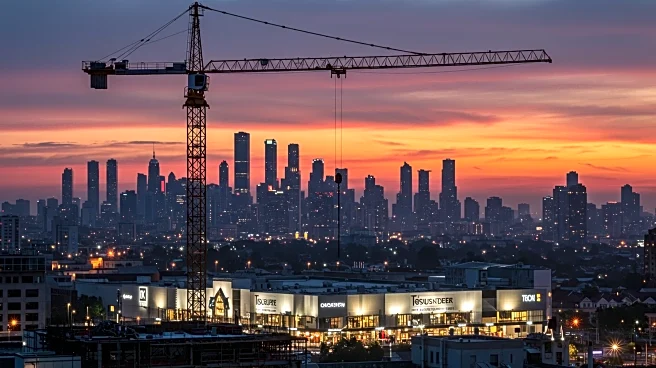Rapid Read • 7 min read
New York State has allocated $9.8 million in FAST grant funding to the town of Webster for infrastructure improvements aimed at attracting high-tech manufacturing. The grant will support upgrades at the Xerox campus and the Northeast Area Technology (NEAT) sites, including road construction, sewer upgrades, and electrical planning. The FAST program is designed to make sites shovel-ready for development, thereby attracting large employers. The Webster Community Coalition for Economic Development, Inc. will oversee the implementation of these improvements, which cover nearly 300 acres of developable property and over one million square feet of industrial space.
AD
This grant represents a significant investment in Webster's economic development, positioning the town as a hub for high-tech manufacturing. The infrastructure improvements are expected to attract major employers, boosting local employment and economic activity. By enhancing the area's readiness for development, the grant supports New York State's broader strategy to foster innovation and competitiveness in the manufacturing sector. The initiative aligns with efforts to revitalize industrial spaces and create sustainable economic growth in the region.
With the grant secured, Webster is poised to begin infrastructure upgrades, paving the way for potential high-tech manufacturing projects. The town may see increased interest from companies looking to expand or relocate, leading to job creation and economic diversification. Stakeholders, including local government and business leaders, will likely focus on marketing the area's enhanced capabilities to attract investment. Continued collaboration between public and private sectors will be crucial in maximizing the benefits of the grant.
The development of Webster as a high-tech manufacturing hub could have broader implications for regional economic dynamics. The influx of skilled workers and businesses may drive changes in housing, transportation, and education systems. Additionally, the focus on advanced manufacturing aligns with national trends towards automation and innovation, potentially influencing policy and investment decisions at higher levels.
AD
More Stories You Might Enjoy










